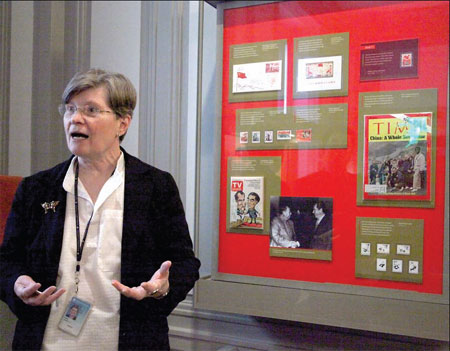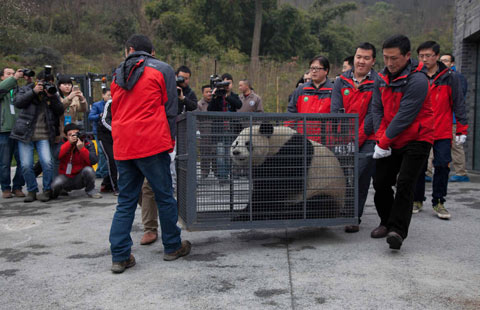China-US relations as revealed in stamps
Updated: 2014-03-06 12:17
By Chen Weihua in Washington (China Daily USA)
|
||||||||
The Smithsonian National Postal Museum in Washington DC is telling the story of China-US relations through its huge collection of Chinese and US postage stamps and mail.
Opening today, the exhibit - Pacific Exchange: China & US Mail - displays collections that are usually in the museum's vault and have never been shown to the public before.
Organized into three themes - commerce, culture and community - the exhibit includes stamps and mail from as early as 1849, as the front of a Massachusetts-to-Guangzhou letter suggests.
At that time it took three months or more for a letter to reach an American opium trader in Guangzhou by the Atlantic route - via England, Egypt and Hong Kong, Cheryl Ganz, chief curator of philately at the museum, told China Daily on Wednesday morning, as members of her staff were still putting the finishing touches on the exhibit. But the delivery time was cut to one month when the Pacific route was launched in 1867.
As other stamps and mail indicate, Pan Am's round-trip flights from the US to the Asian mainland in 1937 again dramatically shortened the mail delivery time. From Hong Kong, the China National Aviation Corp, in which Pam Am held a 45 percent stake, provided service to 21 Chinese cities.
Quite a few stamps and letters reflect the treaty ports of Shanghai, Hankou, Tianjian and the Boxer Rebellion, when some Western nations enjoyed extraterritoriality in China.
One display depicts a stamp model being rejected in 1923 in China in favor of a design without an airplane above Beijing's Temple of Heaven, where the young Republic of China adopted its first constitution in October of that year.
Some stamps reflect the Japanese occupation of part of China from 1937 to 1945, but it also shows how China, the US and Britain were allies in those days with flags of the three nations aflutter on the same stamp.
Besides stamps and mail, the exhibit also tells stories of the early part of the exchange, when the Qing Dynasty court hired two American engravers to set up a Chinese bureau of engraving and printing so that China could start to produce its own stamps and currency.
Though China and the US had no diplomatic ties for about two decades after 1949, the show also displays some of the rarest stamps from China, such as "the entire nation is red" stamp, which was issued in 1968 but withdrawn immediately on its first day of selling due to the inaccuracy of the Chinese map on the stamp.
Even though China and the US were enemies during the Cold War, some Americans, such as physicist Albert Einstein, journalists Edgar Snow and Agnes Smedley, who covered China in the 1930s and '40s, were featured on Chinese stamps.
That unhappy period of China-US relations ended when President Richard Nixon visited China in early 1972, preceded by the visit of a US table tennis team in 1971, known as "ping-pong diplomacy".
For this, a Time magazine cover of the US ping pong team's trip and a letter from Nixon to an American are on display in the show. In the letter, Nixon voiced his firm belief that "all the nations in the world will benefit from the reduction of tensions between our two countries".
Chinese people in America is another theme in the exhibit, highlighting the people who came to the US for the California gold rush that began in 1849 and as workers on the transcontinental railroad as well as farming in Hawaii, which was then an independent monarchy. Yet, as the exhibit shows, the fate of Chinese immigrants took a dramatic downturn when the racist Chinese Exclusion Act was passed in 1882.
Ganz said the show is so much about learning history and geography. "With Chinese Americans, it's about learning their heritage," she said.
"I think a lot of Americans don't know a lot about China's history. But the better we understand each other, the better we can lead the future," Ganz said. "Hopefully this will help deepen the understanding between our two countries and how we have had a long history together."
The stamp show, which will last until January 2015, will be the last for Ganz, who has been the chief curator at the museum for nearly a decade.
She said she received a lot of help from specialists both in China and the US to prepare the show. In the past three years of preparation, she has tried to understand China better by reading two to four books on China every month.
"As I was reading the books, the idea of the exhibit took shape," she said.
Ganz called Ezra Vogel, the noted sinologist and author of Deng Xiaoping and the Transformation of China, to ask for the Chinese version of a phrase she found interesting in his book. It quotes Deng as saying: "Our two countries were neighbors on opposite sides of an ocean."
"The exhibit illustrates how we communicated as neighbors from mail by ship in 1949 to President Richard Nixon's visit to Mao Zedong in 1972," Ganz said.
chenweihua@chinadailyusa.com
|
Cheryl Ganz, chief curator of philately at the Smithsonian National Postal Museum in Washington DC, talks on Wednesday about the show, Pacific Exchange: China & US Mail, which will open today in the museum. Sun Chenbei / China Daily |
(China Daily USA 03/06/2014 page2)
-
 China-US relations as revealed in stamps
China-US relations as revealed in stamps 
 Electronic passports now available in NY
Electronic passports now available in NY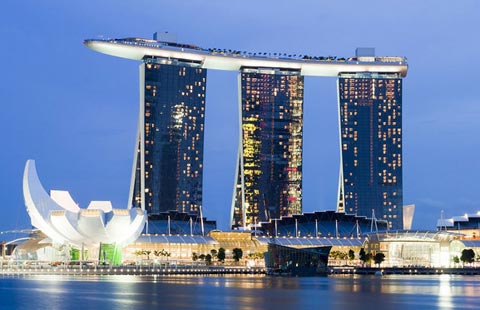
 Top 10 most expensive cities in the world
Top 10 most expensive cities in the world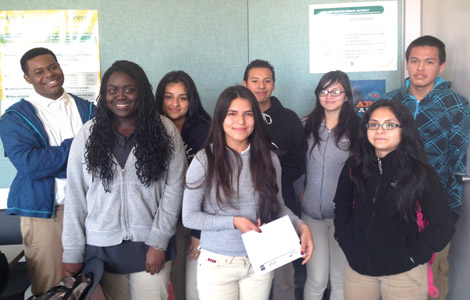
 Ten lucky students off to China
Ten lucky students off to China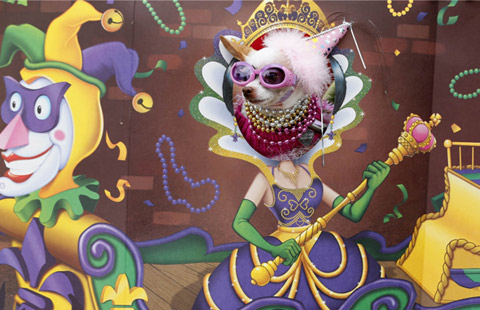
 Doggie Gras Parade Celebration in US
Doggie Gras Parade Celebration in US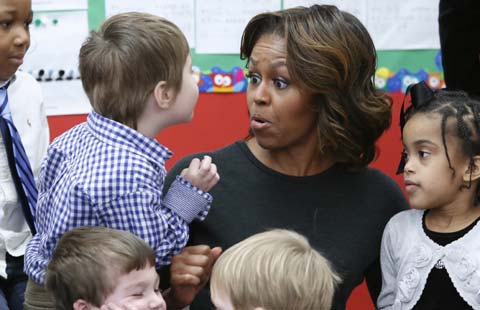
 US first lady preps for China visit
US first lady preps for China visit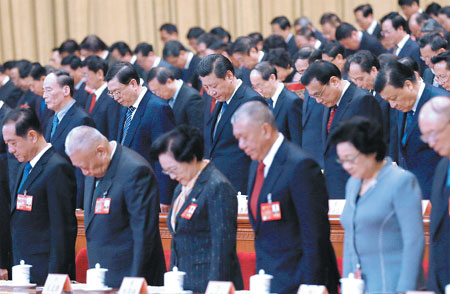
 US: Train depot attack 'terrorism'
US: Train depot attack 'terrorism'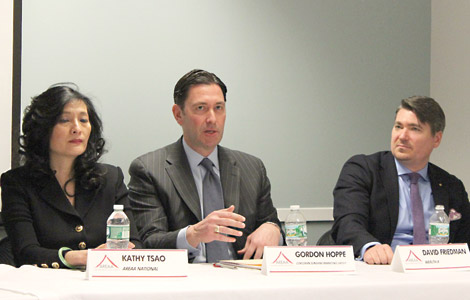
 Chinese investors eye real estate deals
Chinese investors eye real estate deals
Most Viewed
Editor's Picks
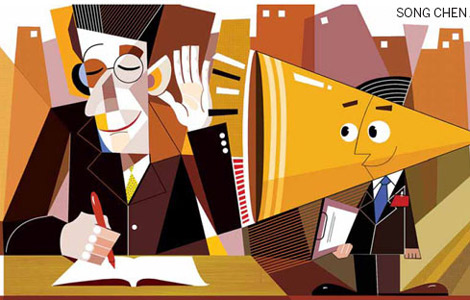
|

|

|

|

|
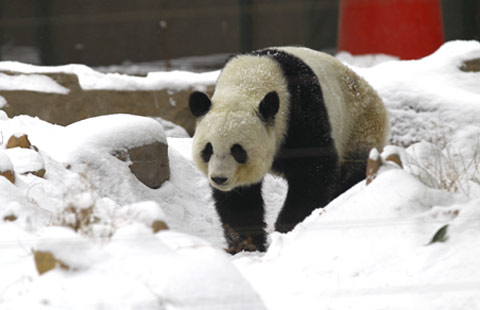
|
Today's Top News
Chinese Premier puts the accent on reform
US motor-maker revs up in China
China declares 'war' on pollution
China-US relations as revealed in stamps
Electronic passports now available in NY
Chinese firm acquires Texas oil, gas company
US to conclude TPP negotiations
Chinese firm buys two new helicopters from US' Bell
US Weekly

|

|
